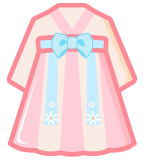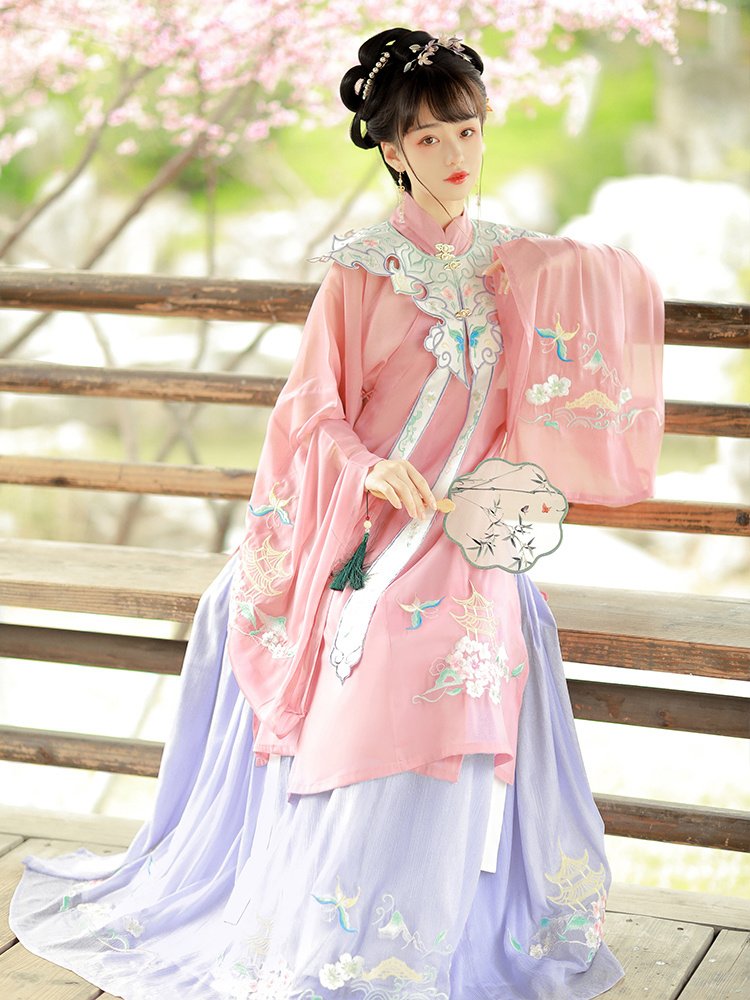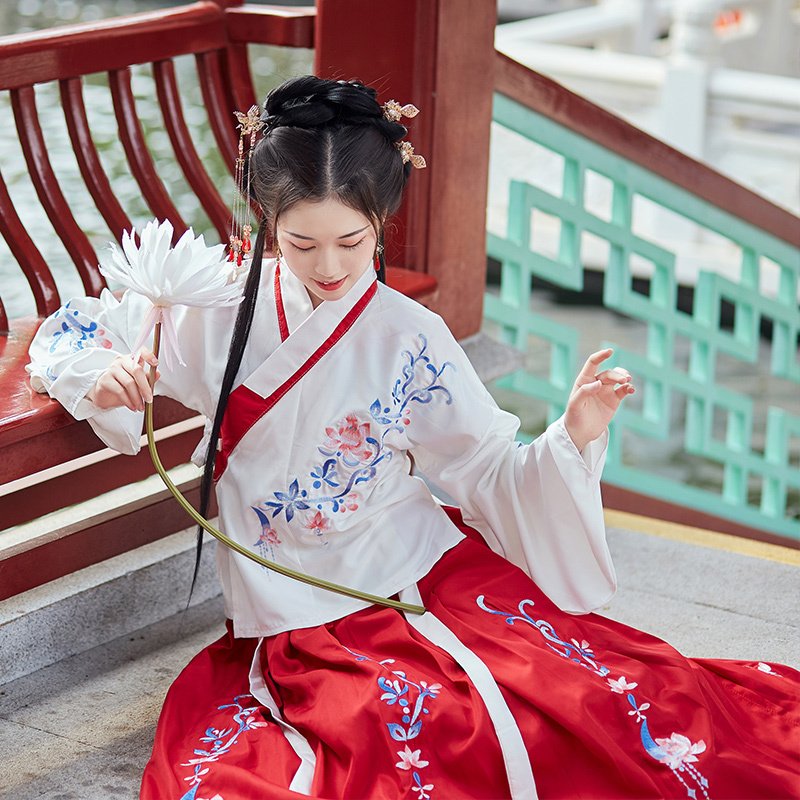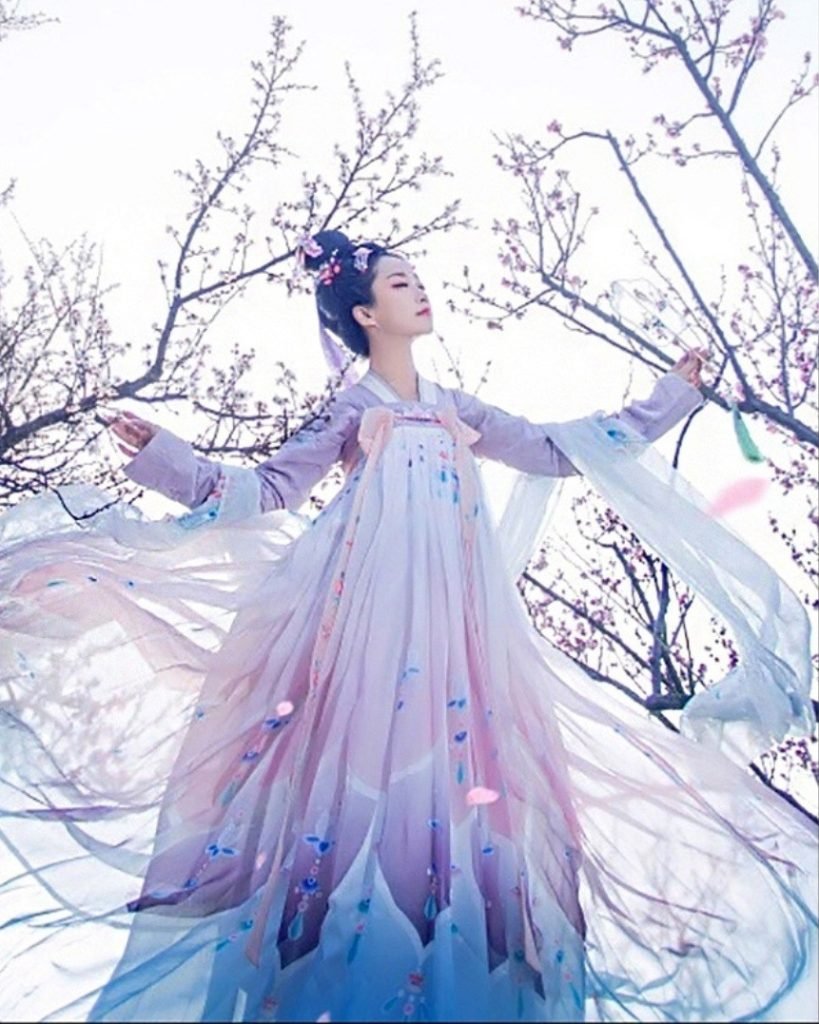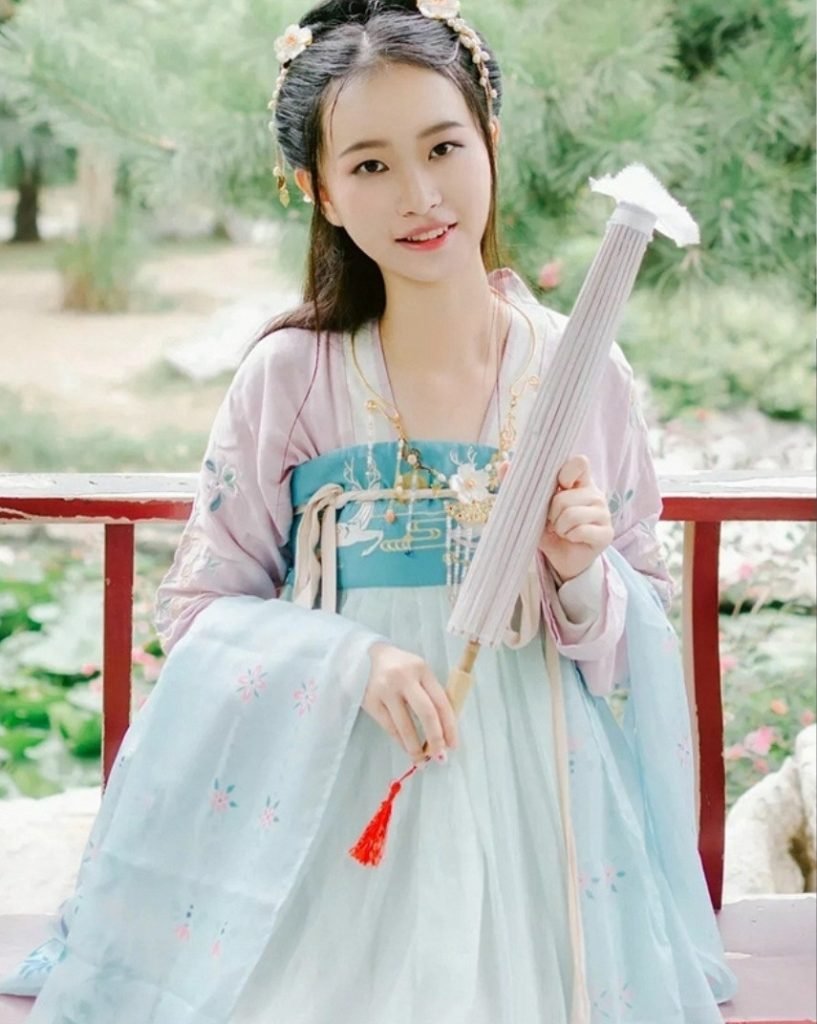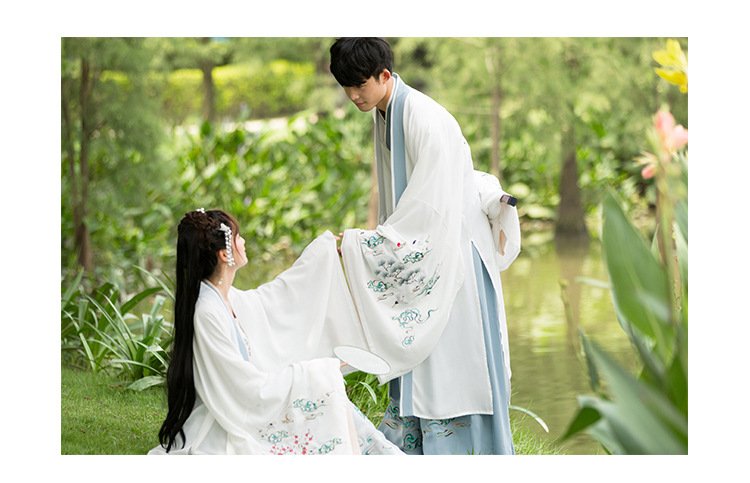In recent years, there has been a resurgence of interest in traditional Chinese clothing, particularly the exquisite and graceful Hanfu. Among the various styles of Hanfu, the chest-length Hanfu holds a significant position. With its distinctive design and stunning aesthetics, this style of Hanfu not only encapsulates the essence of Chinese culture but also exhibits timeless elegance. In this article, we will delve into the world of chest-length Hanfu, exploring its styles and uniqueness. The Essence of Chest-Length Hanfu Originating from the Zhou Dynasty (1046–256 BC), the chest-length Hanfu represents an ancient yet ever-relevant fashion statement. Unlike other Hanfu styles that reach to the ankles, the chest-length design captures attention by emphasizing the upper body while remaining modest and tasteful. This style is often favored by Hanfu enthusiasts for its ability to showcase the beauty and grace of the shoulders, collarbone, and back. Styles and Features 1.Ruqun:The Ruqun is the most iconic style within the chest-length Hanfu category. Consisting of a top known as the “Duijin” and a skirt called the “Qun,” it highlights the perfect balance between simplicity and sophistication. The Duijin is generally fitted, featuring a variety of sleeve lengths, including long, short, and wide sleeves, depending on the occasion. Meanwhile, the Qun falls gracefully just below the chest, creating an elegant and flowing silhouette. 2.Beizi:The Beizi is another exquisite style within the chest-length Hanfu collection. It is characterized by its long, loose outer robe often worn over a Ruqun. The Beizi is crafted with elaborate embroidery and decorative buttons or ties, adding a touch of grandeur to the overall look. This style is a popular choice for formal occasions or when one desires an extra layer of warmth during cooler seasons. 3.Danshan:The Danshan style of chest-length Hanfu is distinguished by its jacket-like top, which is open at the front and secured by a decorative fastening. The Danshan can be combined with skirts or pants, depending on personal preference and the occasion. Its versatility makes it suitable for both formal gatherings and everyday wear. 4.Shenyi:The Shenyi style embodies the essence of traditional Chinese clothing. It features a high-necked collar with a wrapped and tied front, creating an elegant, V-shaped neckline. Often paired with wide-sleeved robes or dresses, the Shenyi exudes a regal aura and is commonly seen in historical dramas and traditional festivals. The chest-length Hanfu remains an excellent choice for those seeking to reconnect with their cultural heritage or simply appreciate the enchanting beauty of traditional Chinese attire. Its diverse styles, such as the Ruqun, Beizi, Danshan, and Shenyi, offer numerous options for various occasions. By embracing this attire, we revive the ancient traditions whilst witnessing their timeless relevance in today’s world. Let the exquisite chest-length Hanfu transport you to an era of elegance and grace! Furthermore, the chest-length Hanfu not only captures the attention with its stunning visuals but also conveys a deeper cultural significance. Each style carries historical and symbolic meanings, reflecting the rich heritage of Chinese culture. For instance, the Ruqun style represents traditional Confucian virtues and modesty. Its simple, yet refined design embodies the principles of harmony between individuals and society. The Beizi style, on the other hand, signifies aristocracy and a sense of regality. Its elaborate embroidery, intricate details, and ornate patterns reflect the opulence often associated with the noble class. The Danshan style, while more casual in nature, shines a spotlight on the practicality and functionality of traditional Chinese clothing. This style features a jacket-like top that is easy to put on and take off, making it suitable for everyday wear. The Danshan represents the ease and flexibility of dressing in the ancient times. Lastly, the Shenyi style serves as a visual representation of the historical grandeur and elegance of Chinese court attire. With its high-necked collar, delicate fastenings, and flowing fabric, the Shenyi is reminiscent of the attire donned by emperors and high-ranking officials. This style conveys a sense of authority and aristocracy, making it a popular choice for formal occasions and cultural performances. To complete the chest-length Hanfu look, accessories such as headdresses, hairpins, and silk belts can be added. These embellishments not only enhance the overall aesthetic but also add a touch of individuality and personal style to the outfit. In recent years, the popularity of chest-length Hanfu has grown significantly, both in China and internationally. Enthusiasts of traditional Chinese culture and fashion have embraced this style, celebrating not just the beauty of the garments but also the cultural heritage they represent. Moreover, the versatility of the chest-length Hanfu allows it to be adapted to modern sensibilities, making it suitable for weddings, festivals, cultural events, or even as a unique fashion statement. In conclusion, the chest-length Hanfu is a captivating style that showcases the timeless elegance and cultural significance of traditional Chinese clothing. With its rich history, intricate details, and diverse styles such as Ruqun, Beizi, Danshan, and Shenyi, this attire offers an enchanting glimpse into the traditions and customs of ancient China. By wearing chest-length Hanfu, one can truly appreciate the sophistication and grace of Chinese culture while indulging in a fashion statement that transcends time.
